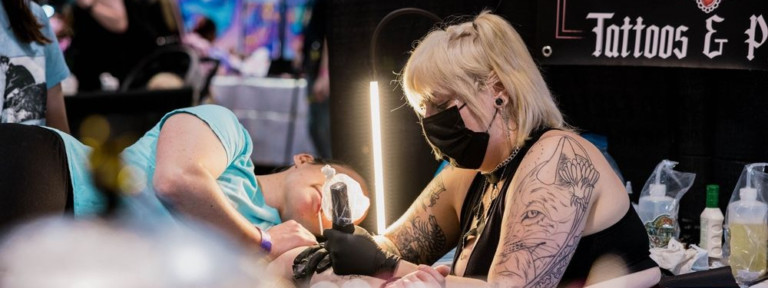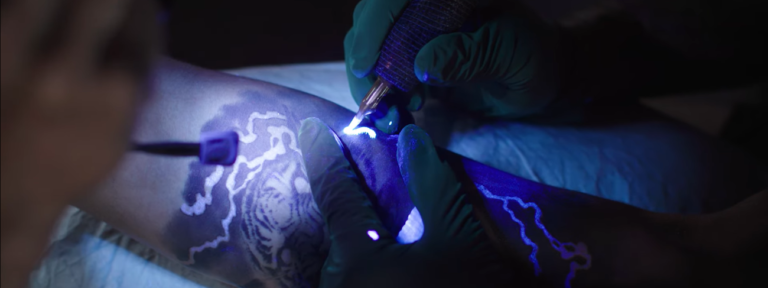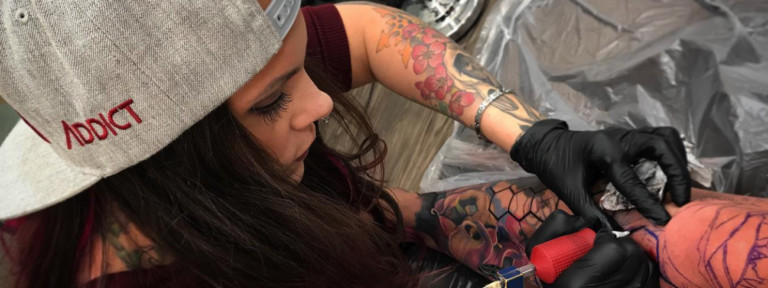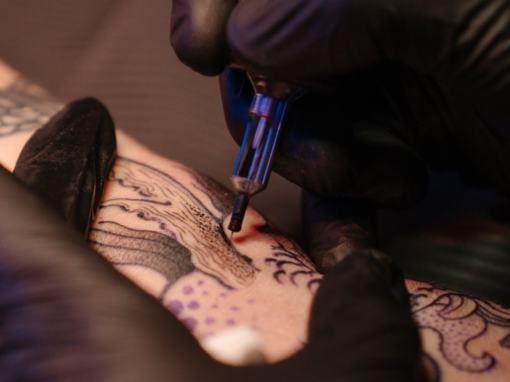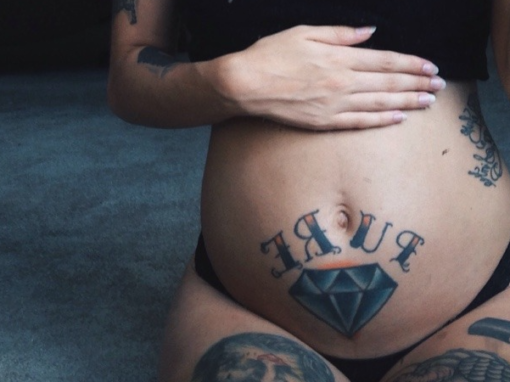We continue our series of articles on tattoo apprenticeships. Last time, we talked with Zezi, an amazing artist who shared tips on developing a tattoo artist’s portfolio. And now, the InkMatch team has invited Sol Ressia and Ezequiel Hernandez, talented tattoo artists, and painters with a rich background in the visual arts.
In this interview, Sol and Ezequiel share insights on how to find the right mentor, make the most of an apprenticeship, and get to grips with the tattooing profession.
How Sol and Ezequiel Got Their Start in Tattooing
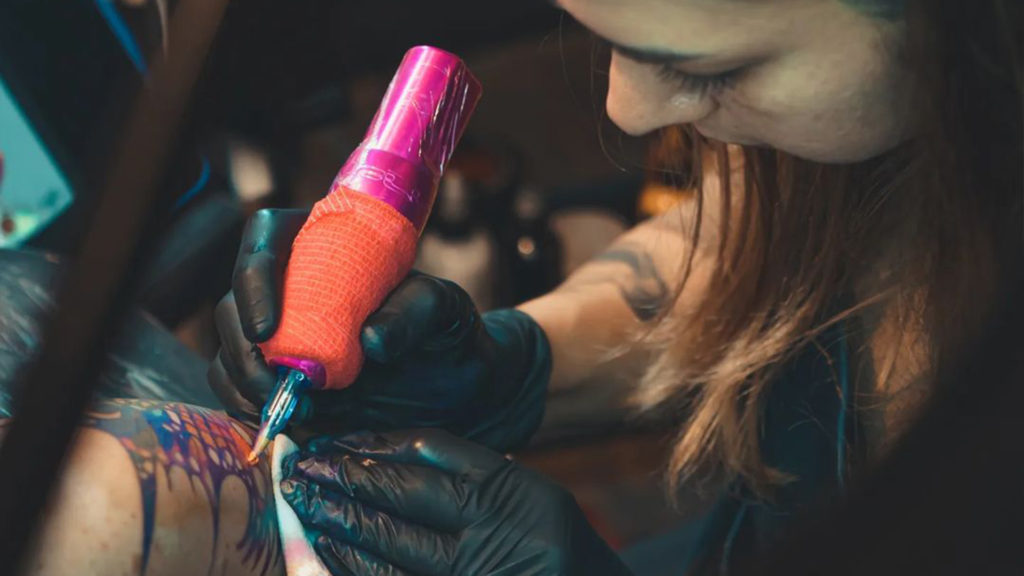
Fate brought the couple together in colorful Buenos Aires, but now they decided to work together at Oriana Tattoo, a tattoo studio in Miami. How did Sol and Ezequiel get started in tattooing, and is there anything different about the experience in Argentina?
Surprisingly, they didn’t belong to the tattoo industry initially. From Ezequiel’s words, they started their journey as servers in a restaurant, which had nothing in common with tattooing. Their newfound passion for tattoos was simply just a hobby, which eventually grew into something more serious.
We learned by practicing and watching YouTube videos, since we didn’t have any friends in the industry. Whenever we had questions, other artists were kind enough to talk to us and explain techniques.
— Ezequiel Hernandez to InkMatch
Could social media be a great resource for tattooing beginners? Sol says you can use Instagram to find inspiration and also look for a potential mentor. “I think using social media to connect with and learn from other artists is an excellent way to find a mentor,” said Sol, “When I started tattooing, social media platforms like Instagram were incredibly helpful. They allowed me to see the work of other artists and discover some of the best talent worldwide.”
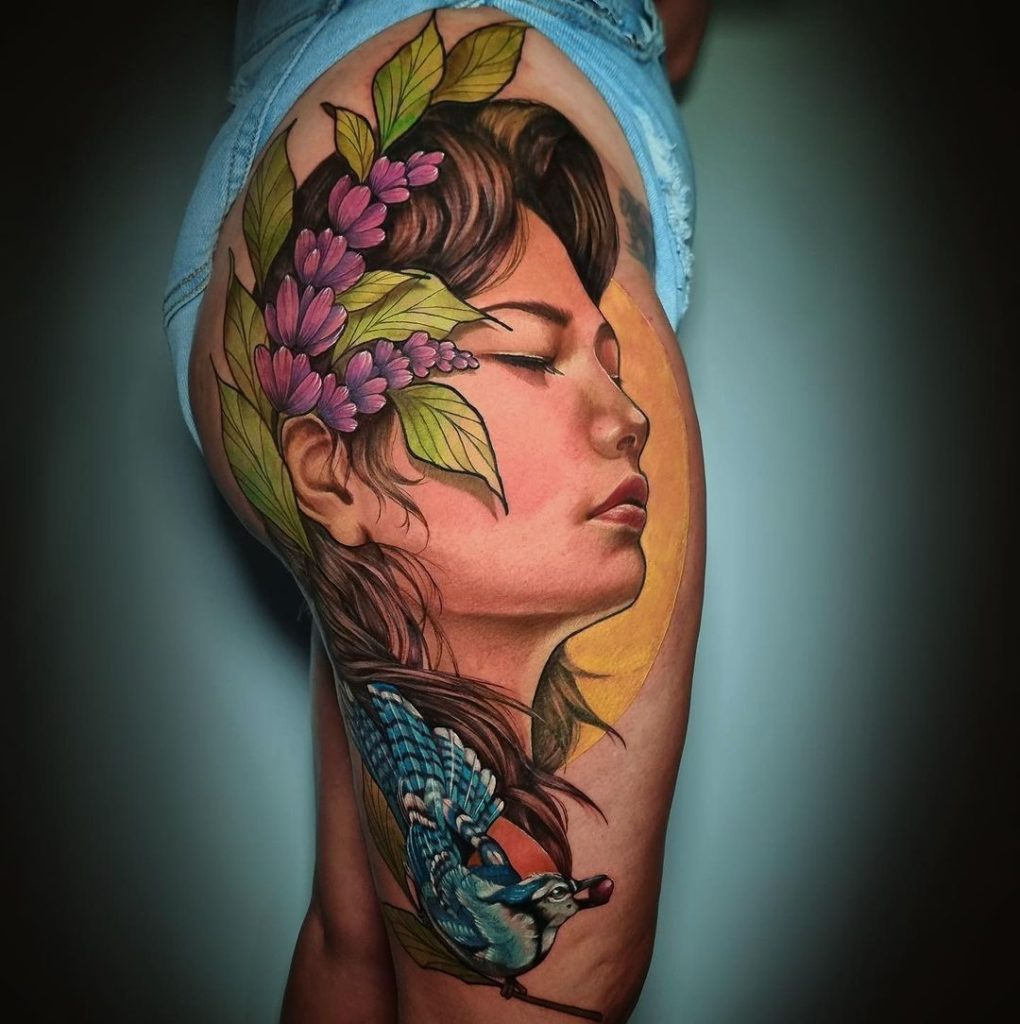
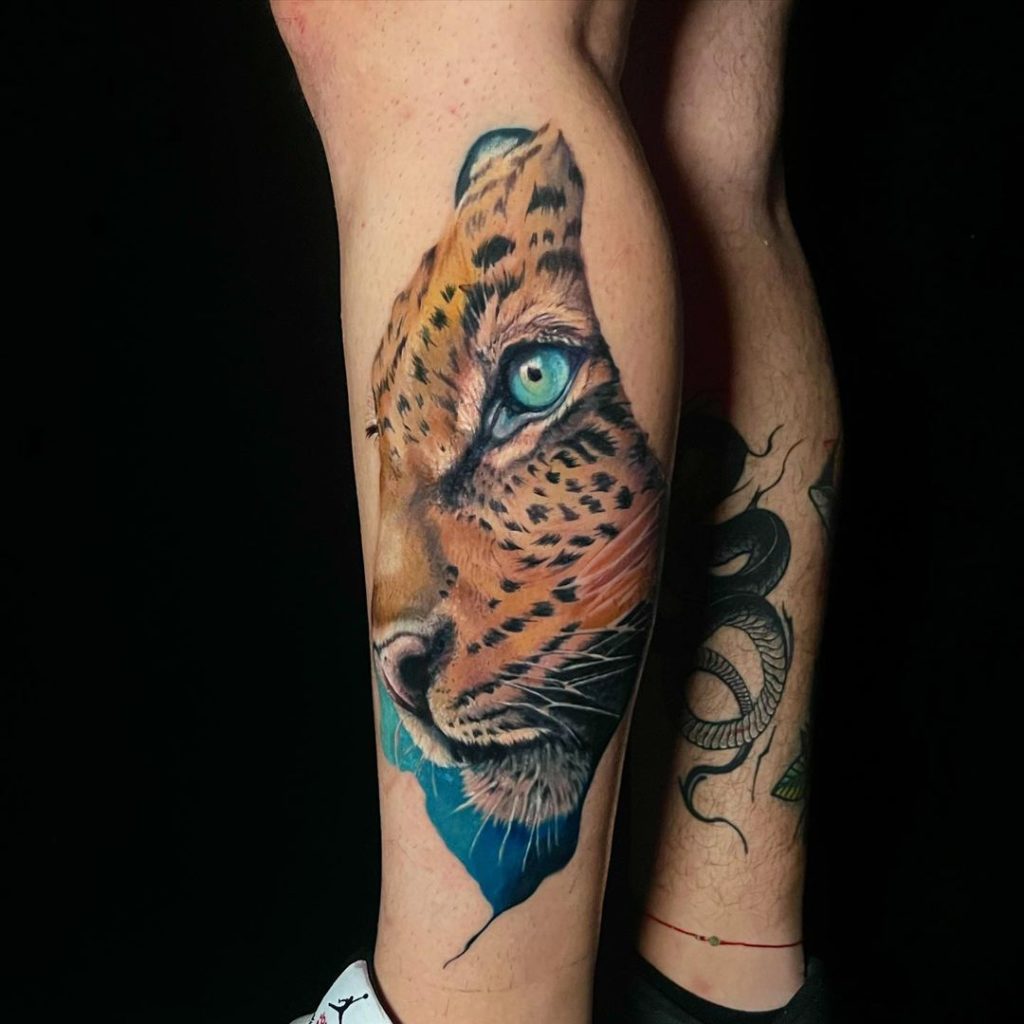
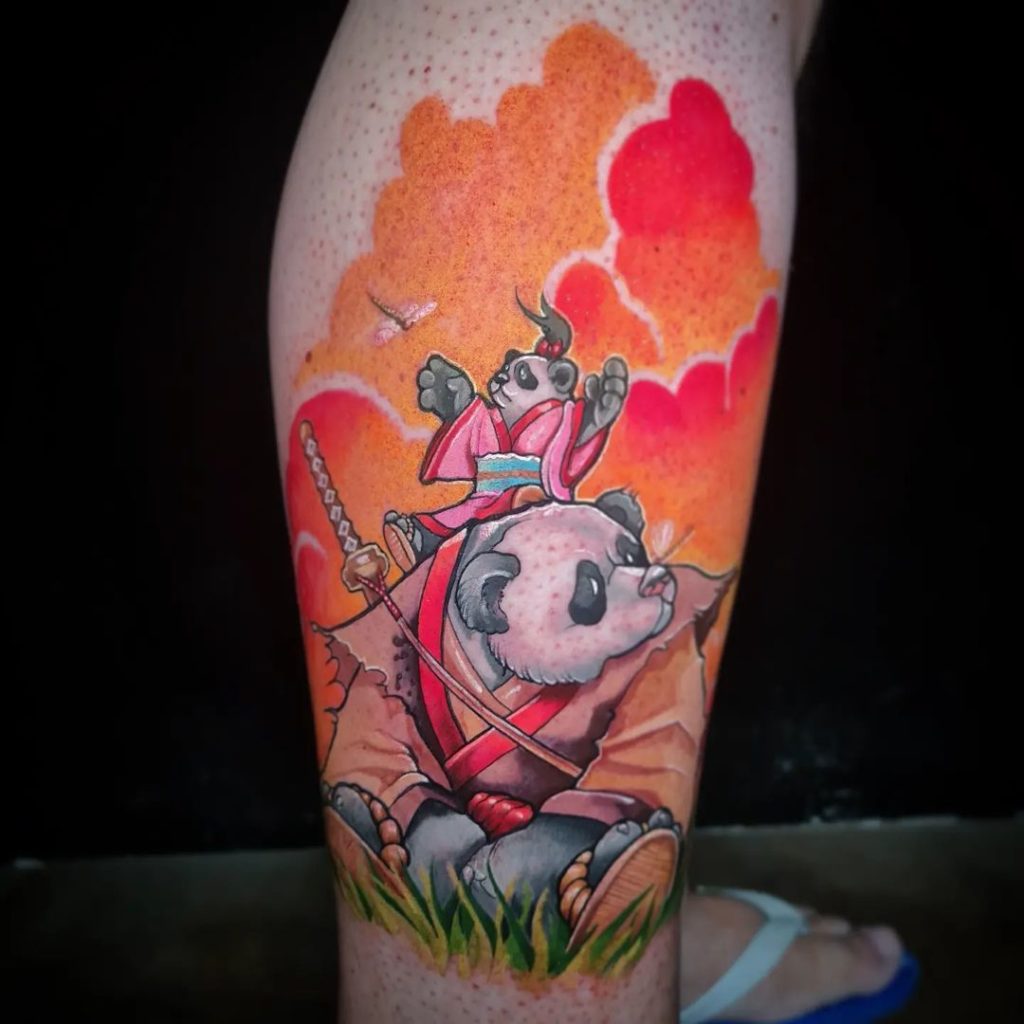
Works by Sol Ressia. Source: Instagram
Unfortunately, our guests didn’t have the chance to find a mentor at the time, so they learned everything on their own. Nevertheless, two prestigious tattoo artists from Argentina became iconic figures for them: Yeyo, who excels at creating colored realism, and El Mago, the magician of black and gray. “They’re huge figures in the industry,” highlighted Ezequiel, “Whenever we had any doubts or needed advice on how to do something, we would reach out to them, for example, at a tattoo con, and they were always really kind and responsive.”
Tips on What To Look for in Your Mentor
Sol and Ezequiel are big fans of social media because they believe it has changed people’s mentality. Sol made a great point about this:
In the past, people in the tattooing community weren’t very nice; no one wanted to share their techniques or how they did their jobs, and they kept their methods secret. Luckily, the environment in tattooing has changed a lot lately! People are much more willing to help and explain things, even uploading videos on social media to show how they do their work.
— Sol Ressia to InkMatch
That being said, a red flag is a mentor who doesn’t want to help you, especially when they are hesitant to share their techniques because they think you might surpass them.
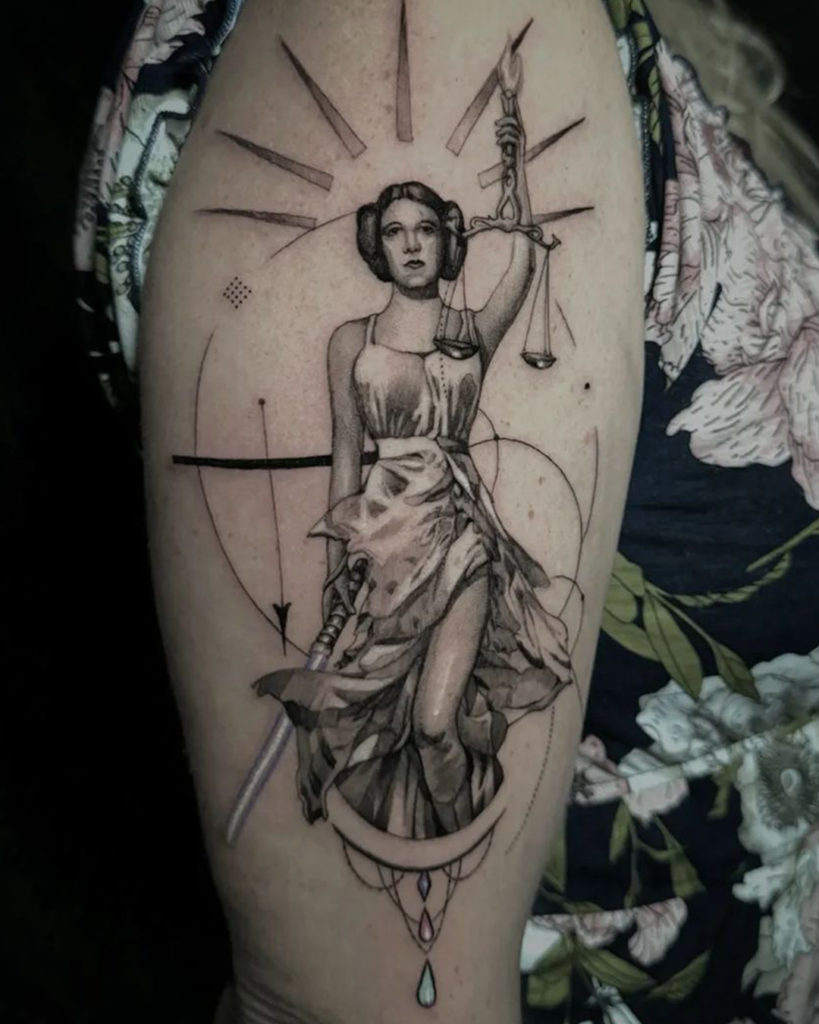

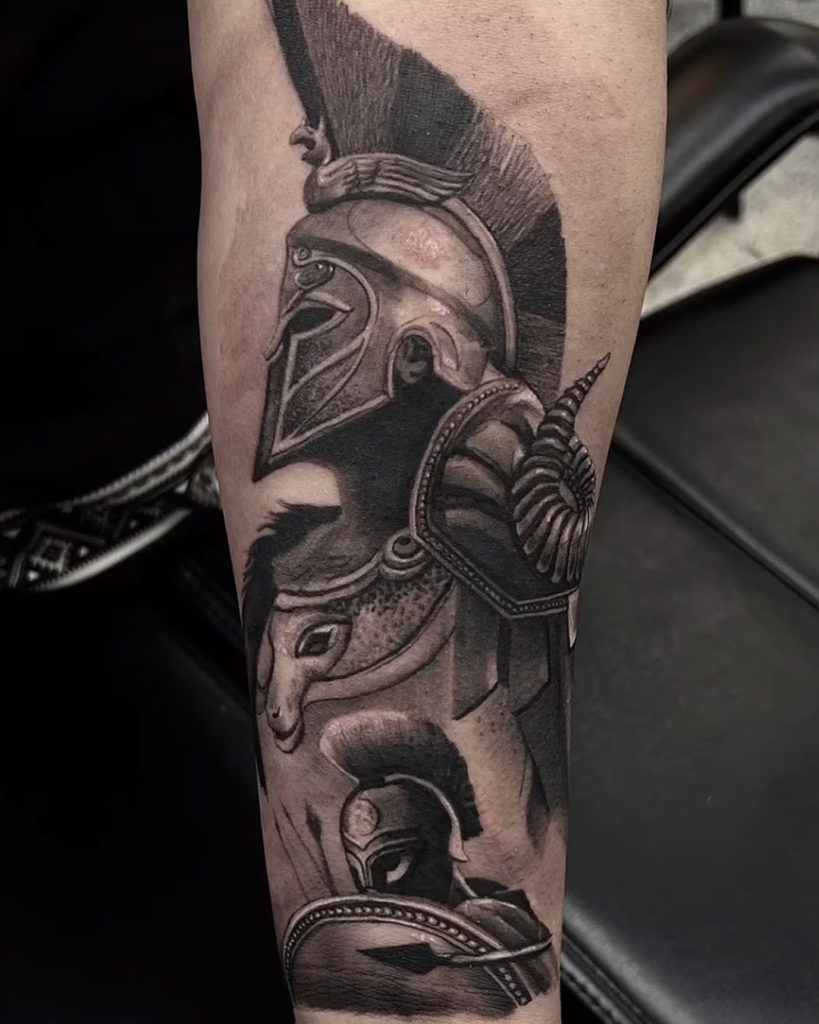
Works by Ezequiel Hernandez. Source: Instagram
Another great thing about social media is that you can choose your favorite tattoo style. Of course, it’s best to start with the basics, like fineline or traditional. In Ezekiel’s opinion, a professional mentor should have a general understanding of all tattoo styles, but will naturally have a specialty in certain ones.
Apprenticeships are a great way to learn discipline, which is something you might forget if you’re just studying on your own. “I think all artists should find a mentor who’s on the same page as them,” shares Sol, “There isn’t a style that’s better than another; it’s about specialization. If a mentor isn’t willing to teach a specific technique and the apprentice wants to learn it, I’d suggest looking for another mentor who’s an expert in that field.”
Many apprentices are worried that they will be doing more beck-and-call tasks than actually learning. And while this part of the job is unavoidable, our guests say that with high-quality equipment, menial tasks are a lot less of a hassle.
These days, modern tattoo machines are a lot easier to use. They don’t need as much prep or calibration as the older models did. Back in the day, setting up the station and getting the machine ready was pretty complicated and time-consuming. But now, with advanced equipment and ready-to-use needles, we can spend more time actually tattooing and less time on preparation. It’s a huge improvement and makes the whole process much smoother.
— Sol to InkMatch
Fine Arts as a Base for Tattooing
The cool image of tattoo artists sometimes makes them look like rock stars, however, Sol and Ezequiel emphasize that they’re just regular people, with regular jobs, passionate about their craft. At first, Sol and Ezequiel were set on fully switching careers to become tattoo artists, but eventually found a way to combine their two interests.
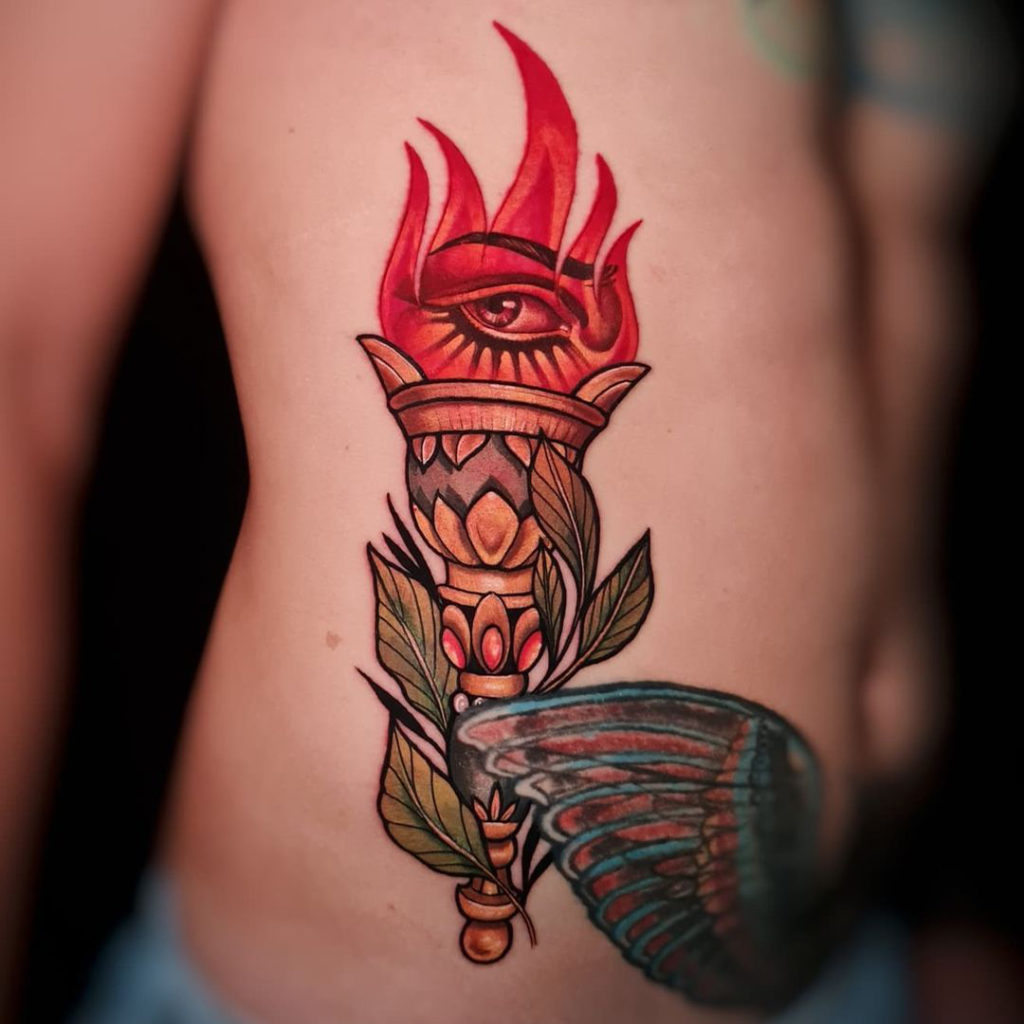
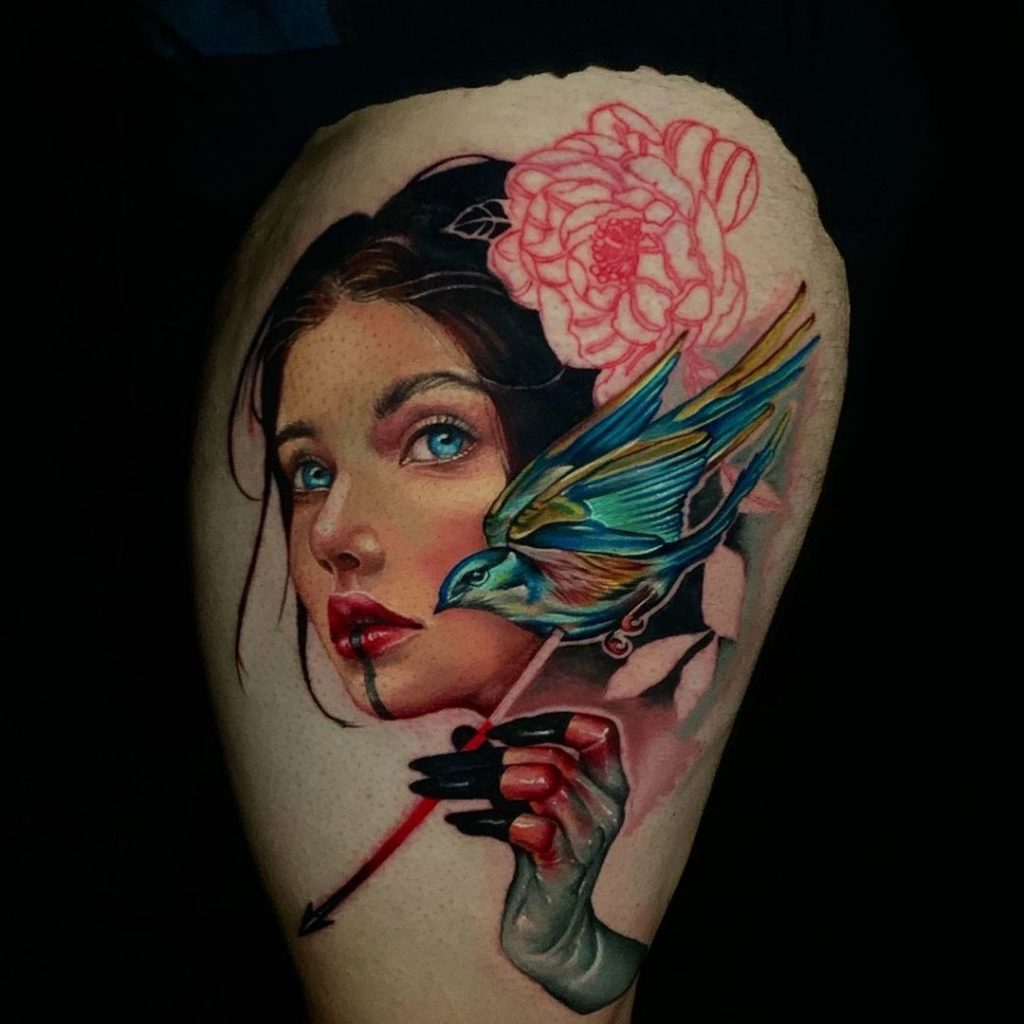

Works by Sol Ressia. Source: Instagram
Our guest’s success is built on a rock-solid foundation of drawing and painting. Every skill has found its way into tattoos. Ezequiel reflects on their journey: “We studied under someone who graduated from a fine arts academy. We spent years mastering different techniques, including graphite, charcoal, and oil painting, all the skills we needed to improve ourselves.”
Ezequiel also stressed the value of making the most of the resources at your disposal during an apprenticeship. Back in the day, before platforms like TikTok and Instagram existed, he and Sol spent many hours watching YouTube videos. He said, “I remember practicing a portrait multiple times on paper before I felt confident enough to do it as a tattoo. Repeating tasks and learning from mistakes is the best way to improve your skills.” Sol added that iPads weren’t as affordable at the time, but that didn’t hinder them so much, because, for them, paper and pencil were like an extension of their hands.
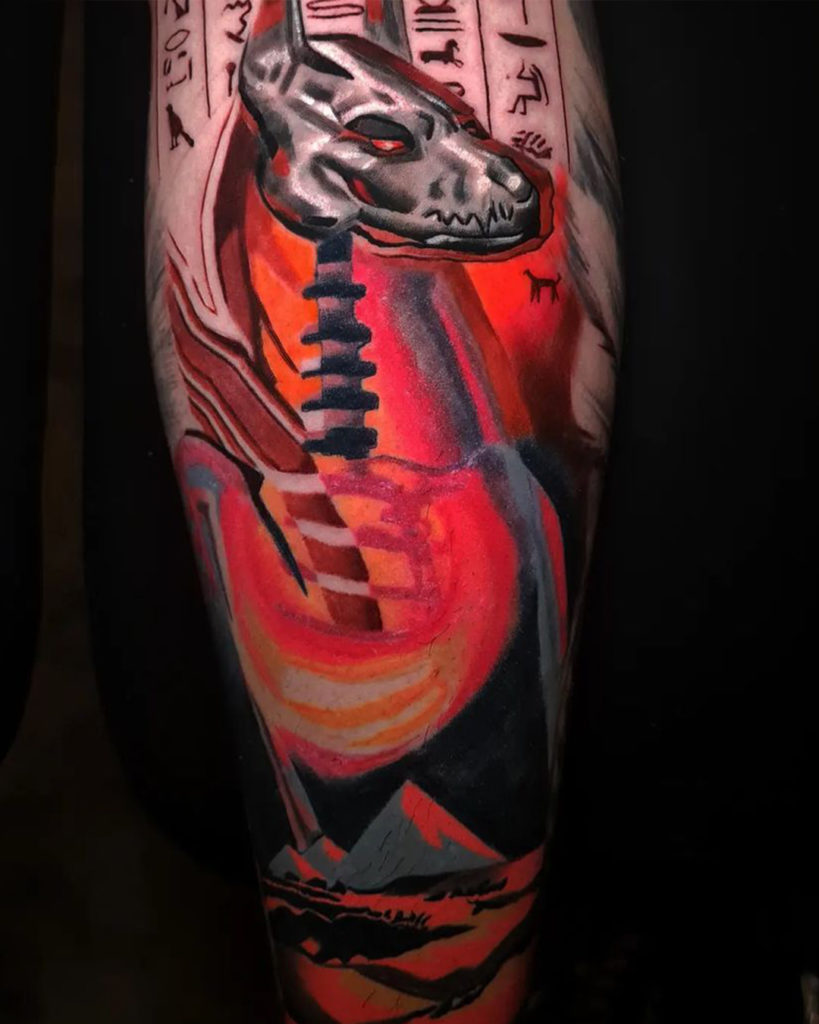
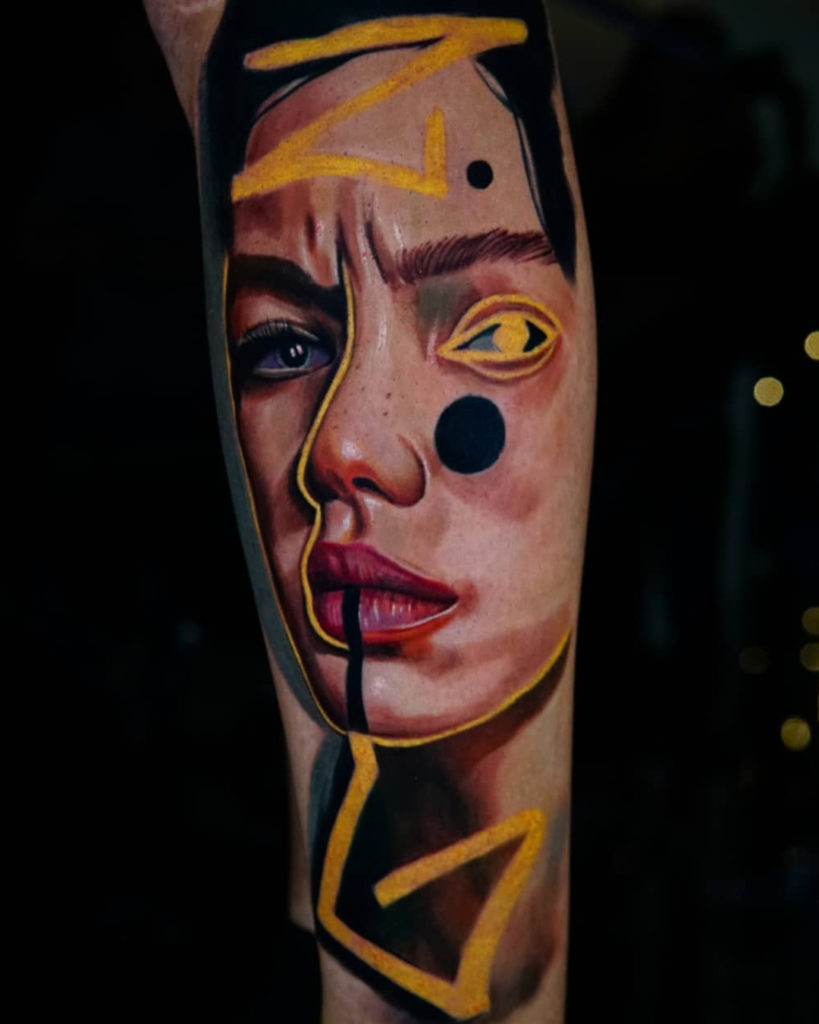

Works by Ezequiel Hernandez. Source: Instagram
And now, here are the final bits of advice from our guests!
Sol: Tattooing is a challenging but rewarding field with lots of opportunities. It can also give you the chance to travel the world and meet talented people. Don’t hesitate to ask any questions you may have. You should feel comfortable doing so. A good mentor will always respond kindly and be willing to help you out!
Ezequiel: The success of your apprenticeship is a two-way street: 50% depends on the mentor and 50% on your own efforts. Practice regularly, even if it’s just for a short time each day. Keep pushing yourself and practicing consistently. Perfection comes with repetition, so don’t get discouraged if progress feels slow.
Final Thoughts
Finding the right mentor can be tough, especially when you’re just starting out and not sure what to look for. Over time, you might even realize that a mentor wasn’t as good as you initially thought, and that’s okay.
What you really need is someone who can teach well, not just someone who’s good at what they do. Teaching is a skill in itself. For Sol Ressia and Ezequiel Hernandez, it took a while to find the right teacher. They eventually found Claudia, who, although not a tattoo artist, is a great artist and teacher.
“The best way to find a mentor is to find the best artists whose work you admire and try to contact them. They may not always respond because they’re often very busy, but it’s worth trying.”
— Ezequiel Hernandez
FAQ
👀 Can You Be a Tattoo Artist If You’re Bad at Art?
You definitely don’t need to be Picasso to be a tattoo artist. Drawing skills are super important, but there are tons of ways to learn them now, especially with such an open community. A lot of successful tattooers started with basic drawing skills and built up from there. Practice makes perfect!
🎓 Will a Fine Arts Degree Teach Me to Draw Tattoos?
Like an apprenticeship, a Fine Arts degree will help you to get a sense of discipline and structure. But realism in painting is very different from realism in tattooing, even the way artists hold their tools is different. No matter how experienced an artist is, they will need to learn all over again for tattooing.
🧠 What is the Easiest Tattoo Style to Learn?
Different styles come with their challenges, but generally, simple line work or traditional tattoos are often considered good starting points.
⚖️ Is Tattooing Harder than Drawing?
Drawing on skin does feel a little more intimidating and responsible than sketching on paper. The same can be said for driving, healing, or any other field. Focus on learning, don’t be afraid to ask questions, and enjoy the process!

